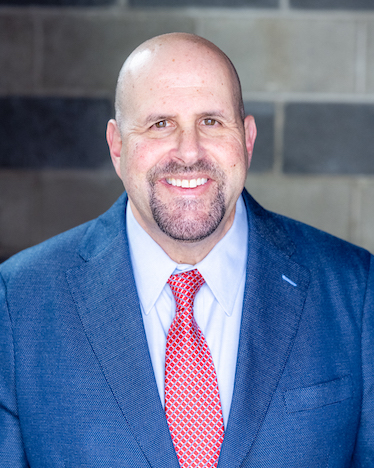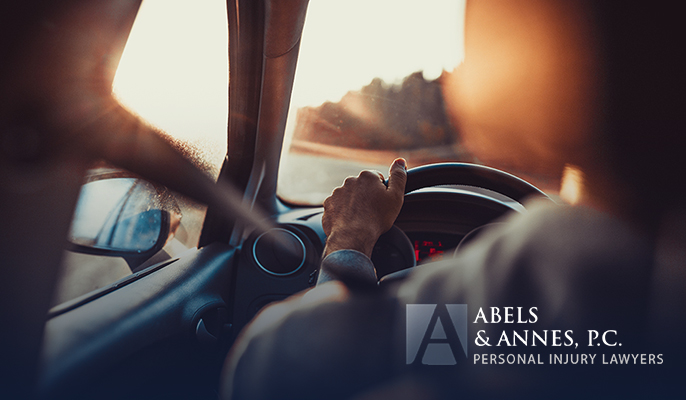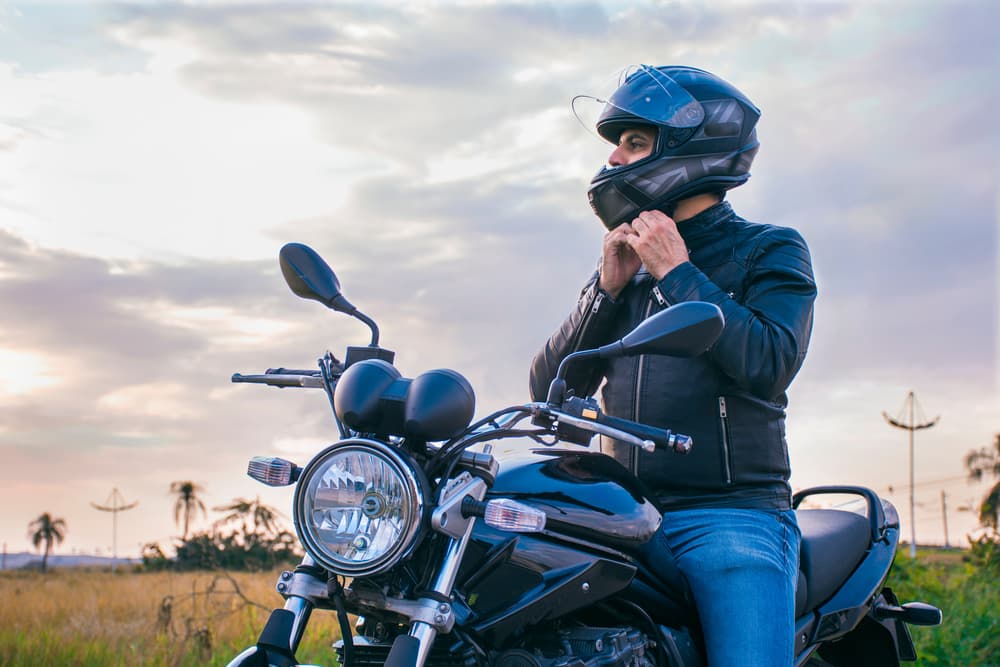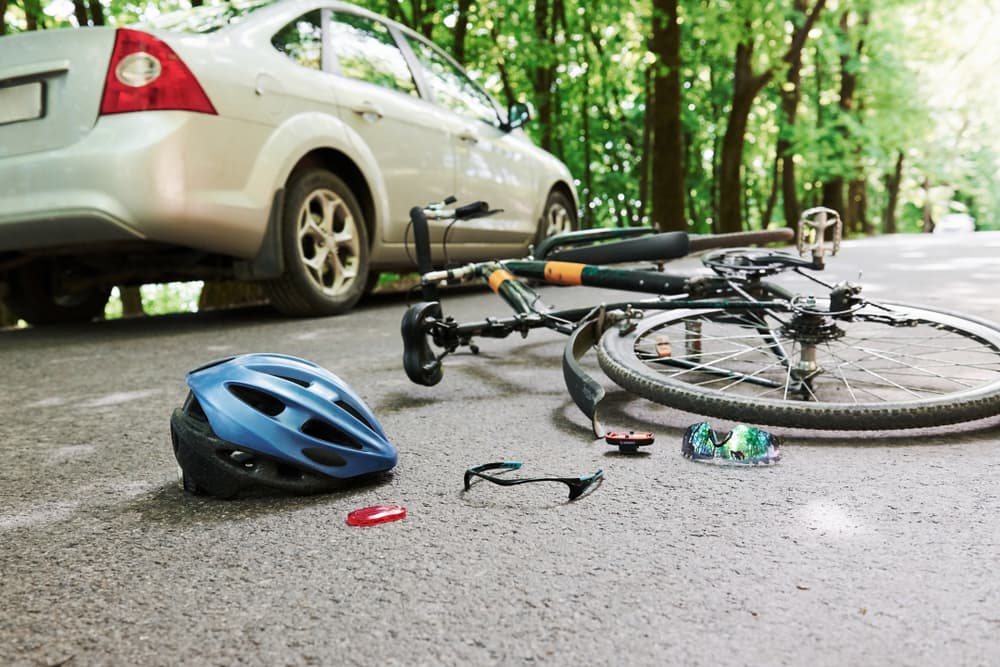The streets of Chicago can be chaotic, with streams of cars and pedestrians heading in every direction at nearly every hour of the day. Because of parking difficulties and often deadlocked traffic, many people choose to ride their bikes around the city. Biking is convenient and economical, but it can also be a dangerous prospect, especially in a city like Chicago.
The Chicago Department of Transportation recognizes the risks of biking in Chicago, particularly for children. Kids may not be aware of how to safely ride their bikes and parents may not understand how to fully teach their children. To help keep kids safe, the DOT provides information and guidance about bicycle safety for children. The following are some of the tips provided in these helpful materials.
When Riding on the Sidewalk
Many kids ride their bikes on the sidewalk, thinking they cannot get hurt if they are not in the street. However, there are many ways bike accidents and injuries can happen on the sidewalk, as well. The following are some tips for kids who ride their bikes on the sidewalk:- Always make sure no vehicles are entering or exiting alleys or driveways before you pass them. Stop or slow down if you need to in order to look both ways.
- Be aware of people walking on the sidewalk. Do not speed pass them and alert them that you are coming with a bell or by calling out.
- If you must cross a street, always look left, right, and then left again. Make sure any drivers clearly see you and are stopped before you enter the street. Try to cross at a corner whenever possible instead of the in the middle of a block.
When Riding on the Street
First thing’s first—children should only ride their bicycles on the street if they get permission from their parents first and go over the safety rules. Some important safety rules include:- Ride the same direction as traffic—not against it.
- Try to ride in as straight of a line as possible. Drivers cannot predict if you are going to zig–zag and can hit you.
- Always stop at every stop sign and stop light, just like the cars do. If you have to cross a very busy street, it may be better to get off your bike and walk through the crosswalk.
- Know when to look behind you. This is important to do before you are about to ride around a pothole or road hazard, before you turn, or before you go around a parked car or another object that is in your way.
- Watch parked cars—if there is a driver in a car or if you see brake lights, the car may pull out in front of you or as you pass.



